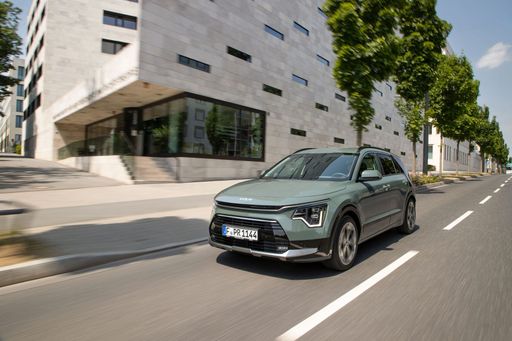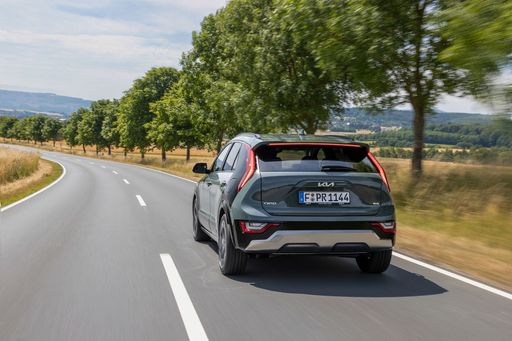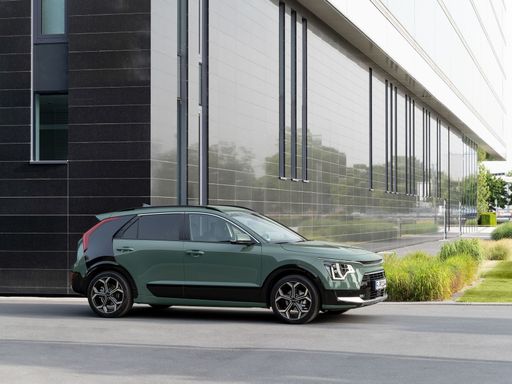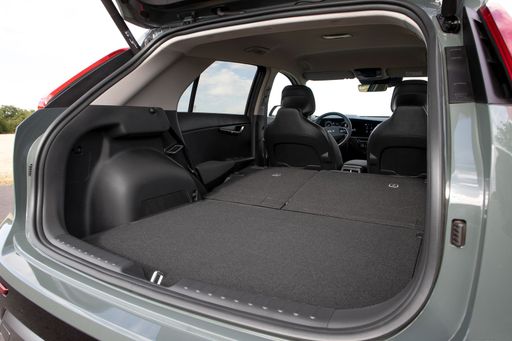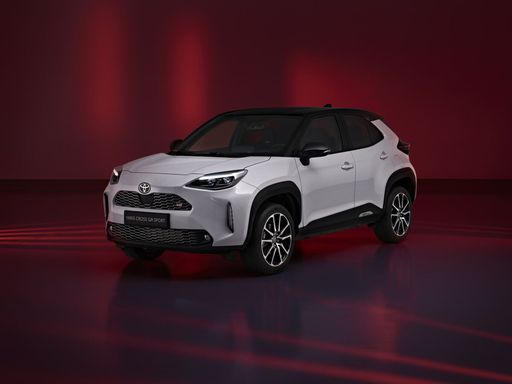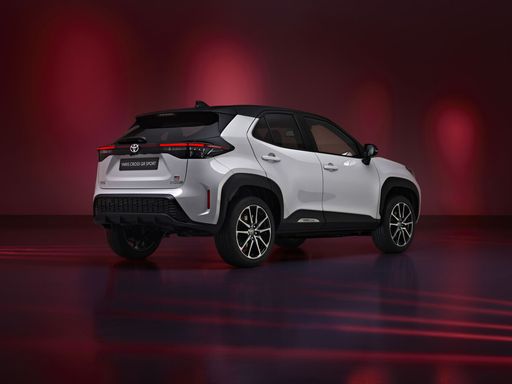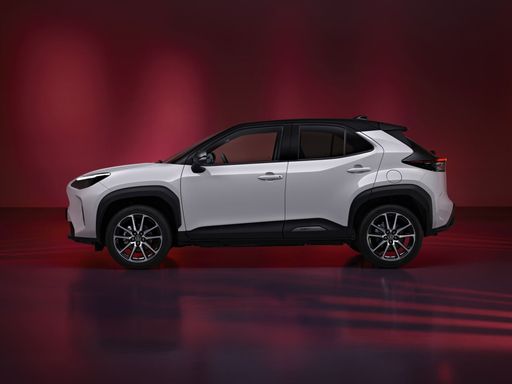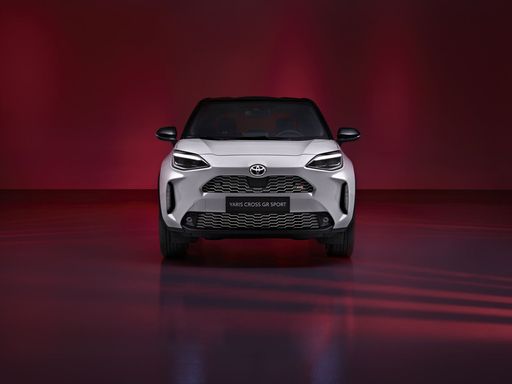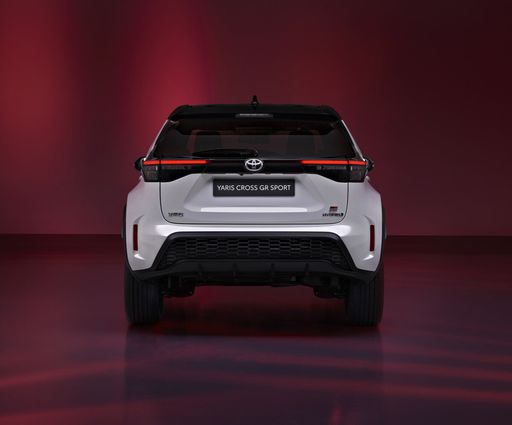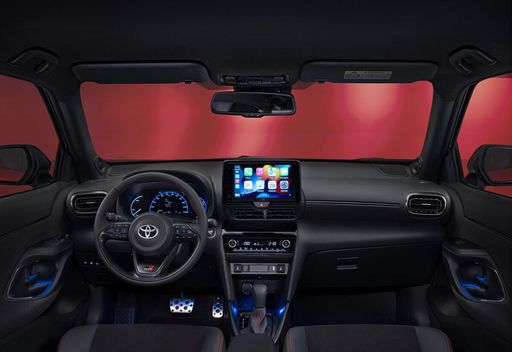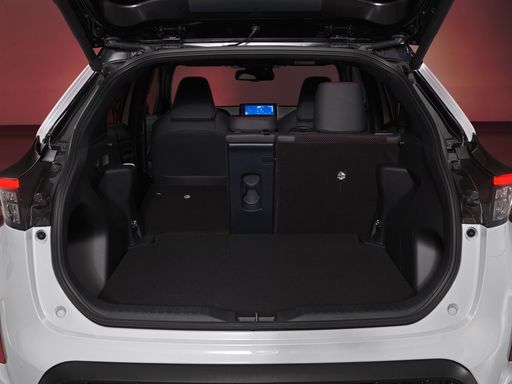Introduction: The Battle of Compact SUVs
As consumers grow more environmentally conscious, the demand for compact hybrid SUVs continues to surge. In this comparison, we examine two key players in this segment: the Kia Niro and the Toyota Yaris Cross. Both models promise efficiency, comfort, and innovative technology, but how do they stack up against each other? Let's delve into a detailed assessment of these impressive vehicles.

